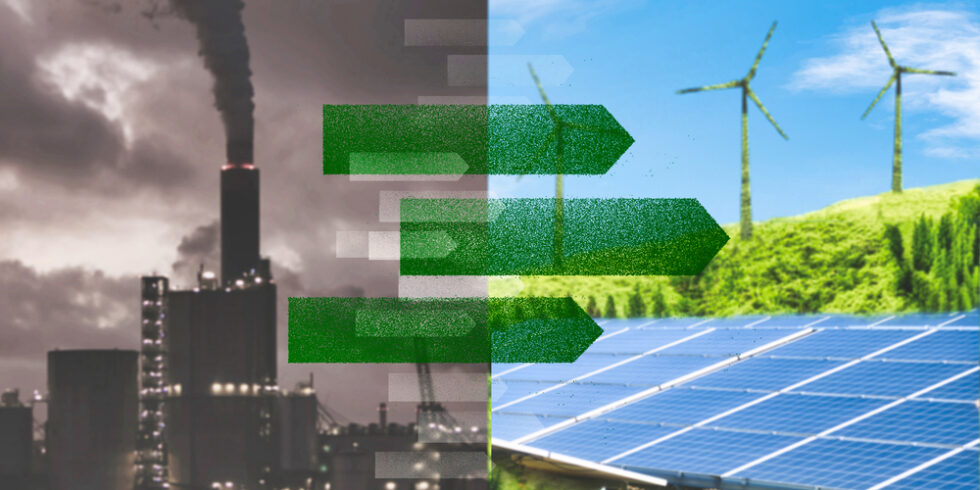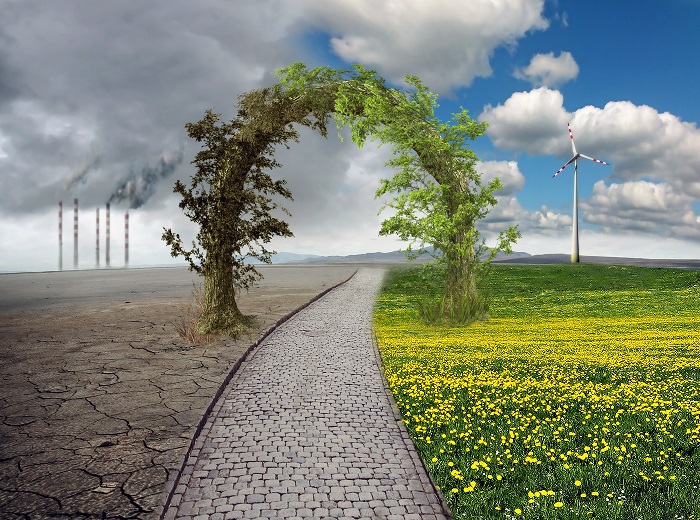Web3 and Energiewende: Decentralized Innovations in the Energy Sector
What is Web3?
Web3 is a term that defines the future evolution of the internet. It encompasses decentralized technologies and distributed systems, such as blockchain. This new vision of the internet aims to provide users with more control and security. Unlike the first two stages of the internet, Web1 (static pages) and Web2 (interactive and social media-focused), Web3 focuses on giving users back control and power.
Key features of Web3 include:
- Decentralized Structures: Web3 provides a decentralized structure, allowing users to control their data and access various applications. This enhances data security and promotes independence from a single central authority.
- Blockchain Integration: The foundation of Web3 lies in blockchain technology, where transactions and data are recorded on a distributed ledger. This enhances security and transparency.
- Cryptocurrencies and Smart Contracts: Web3 often includes cryptocurrencies and smart contracts, enabling faster and more efficient financial transactions and supporting transactions based on programmable contracts.
- Exchange and Innovation: Web3 facilitates direct interaction and value exchange among users, disrupting traditional business models and fostering the emergence of new ecosystems.
Energiewende: Germany's Visionary Energy Transition

Energiewende, a term coined in Germany, represents a revolutionary shift in the energy sector, garnering global attention as a model for sustainable development and green economy practices. This article delves into the origins, objectives, implementation process, and global impacts of Energiewende in comprehensive detail.
Origins and Objectives of Energiewende
The term Energiewende dates back to the late 1970s and is particularly linked to the growing public resistance to nuclear energy. Germany, aligning environmental concerns with energy security goals, aimed to steer energy production towards a more sustainable and environmentally friendly direction.
The primary objectives of Energiewende include:
- Reducing carbon emissions and combating climate change.
- Enhancing energy security and reducing dependence on energy imports.
- Stimulating the economy by promoting renewable energy sources.
- Decreasing the use of nuclear energy, ultimately phasing it out entirely.
Implementation Process:
The implementation of Energiewende involves significant changes in energy policies. Key strategies include:
- Promotion of Renewable Energy: The German government has established various incentives and support mechanisms to increase investment in renewable energy sources such as wind, solar, hydro, and biomass.
- Energy Efficiency Policies: Policies have been adopted to enhance energy efficiency in buildings, transportation, and industries, making them more sustainable.
- Reduction of Nuclear Energy: The goal is to reduce and eventually phase out the use of nuclear energy.
Global Impacts and an Exemplary Model
Considering the global impacts of Energiewende, Germany's strategy could serve as an exemplary model for other nations. The increased utilization of renewable energy and the reduction of dependence on nuclear energy could pioneer sustainable energy transformations worldwide.
However, challenges faced by Energiewende should not be overlooked. These challenges include rising energy costs, concerns about energy security, and infrastructure disparities.
Germany's Energiewende strategy is recognized as a pioneering model for sustainability and environmentally friendly practices in the energy sector. Nevertheless, overcoming various challenges and collaborating with other nations are essential for the strategy's complete success. The evolution of Energiewende could become a beacon of hope for a sustainable energy future on a global scale.
Web3 and Energiewende: Decentralized Innovations in the Energy Sector
Web3 can bring significant changes to the energy sector. The term "Energiewende" is of German origin and translates to energy transformation or energy revolution. The impact of Web3 on the energy sector can manifest in various ways:
- Energy Trading and Blockchain: Web3 enables direct energy trading between producers and consumers through smart contracts and blockchain. This ensures transparent and reliable energy transactions.
- Distributed Energy Production: Web3 makes energy production more distributed, encouraging users to have their own energy sources. This reduces dependence on traditional energy grids.
- Energy Data Security: Web3 enhances the security of energy data, providing users with more control. This safeguards energy consumption and production data against malicious interventions.
- Renewable Energy Financing: Cryptocurrencies and blockchain can increase funding for renewable energy projects. Users can directly invest in projects, promoting innovation in the energy sector.
Focusing on these aspects, Web3 can pave the way for a more sustainable, transparent, and user-centric future in the energy sector. However, challenges such as regulatory compliance and the complexities of the transition should also be considered.































